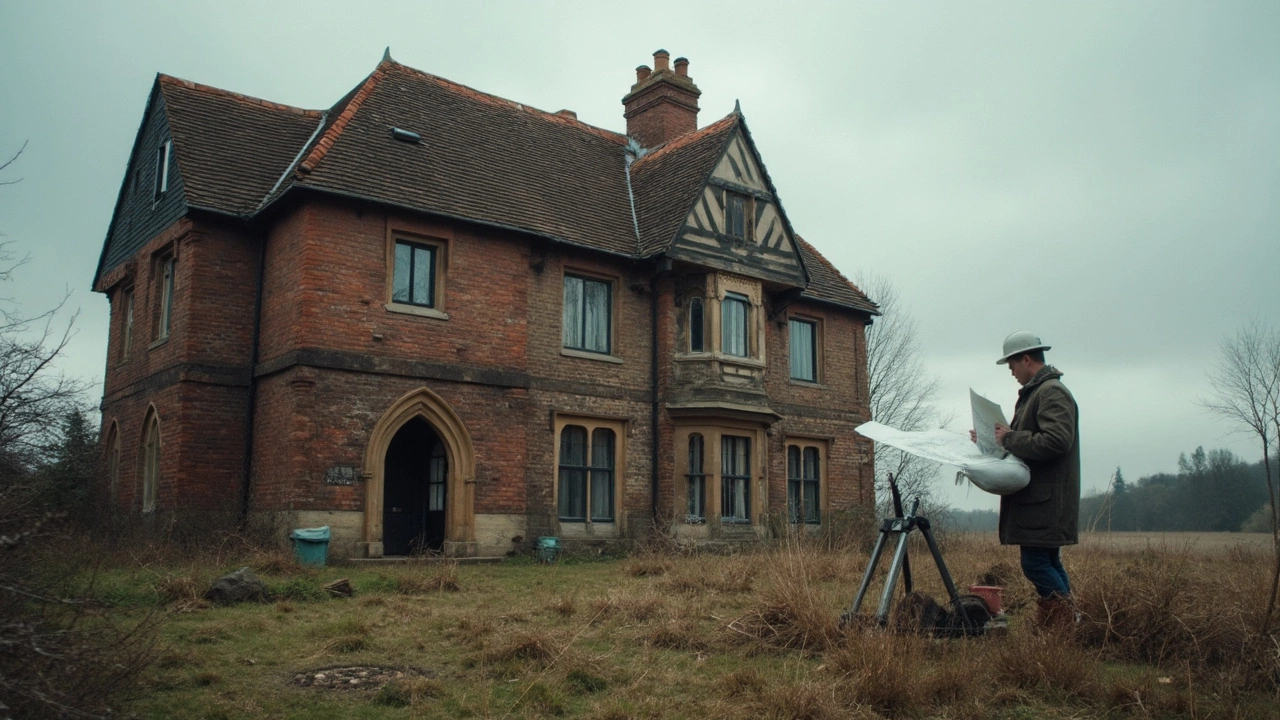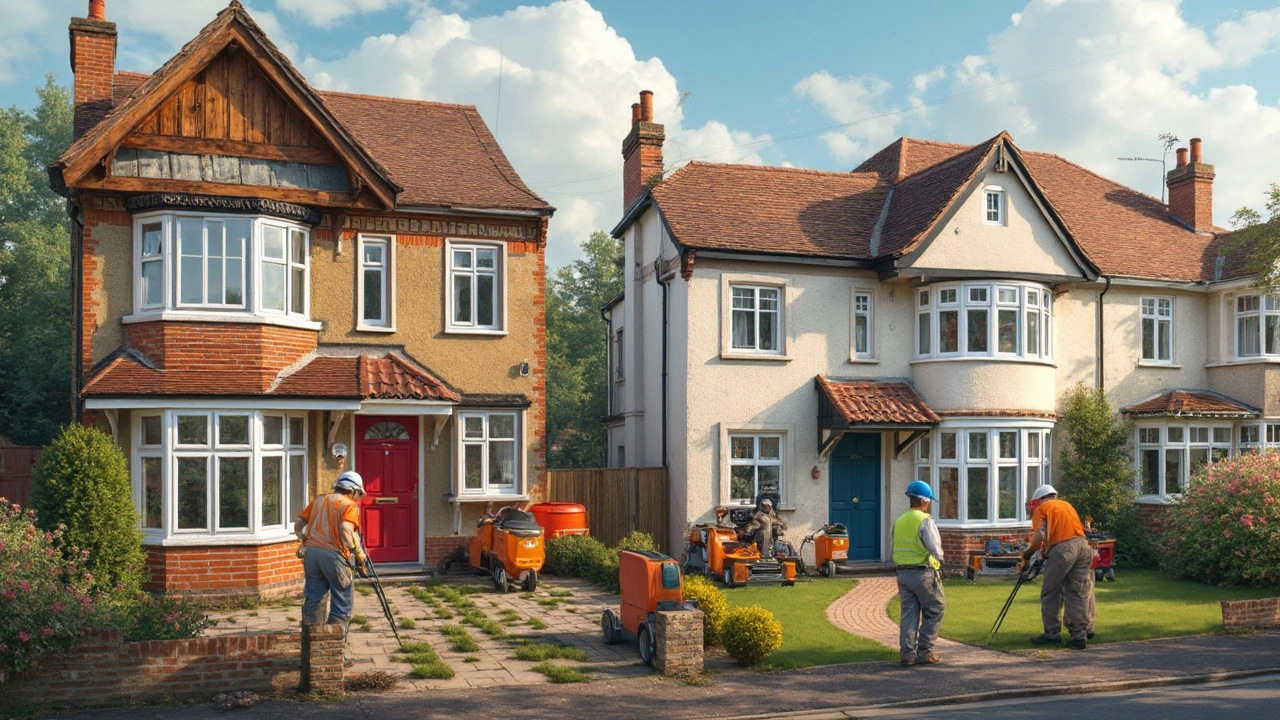Structural Integrity: Why It Matters and How to Protect Your Home
If you ever hear the word “structural integrity,” think of the hidden skeleton that holds up your house. It’s the beams, walls, foundation – everything that keeps your home from wobbling or cracking. When that skeleton is solid, you sleep easy. When it’s weak, you risk costly repairs and even safety hazards.
Spotting the Warning Signs
First signs are usually easy to see. Look for cracks that open and close with temperature changes, doors that stick, or windows that won’t close properly. Uneven floors, sloping ceilings, or a chimney that leans are also red flags. These clues often point to foundation movement or weakened support structures.
Don’t ignore damp spots on walls or a musty smell. Moisture can rot wood beams and corrode steel, silently eating away at your home’s strength. If you spot water stains on the basement wall, call a professional right away.
Simple Steps to Boost Your Home’s Strength
Start with good drainage. Make sure rainwater flows away from the foundation with proper gutters and downspouts. Clean out leaf‑blocked drains and keep the soil grading away from the house by at least six inches.
Regularly inspect the exterior for cracking or shifting. A quick walk around the property once a month can catch issues before they grow. If you see a small crack, fill it with a flexible sealant; larger cracks may need a specialist to inject epoxy.
Keep heavy loads off the ground floor if possible. Storing a lot of heavy furniture or equipment can stress joists and floor boards. Distribute weight evenly and avoid stacking items directly on concrete slabs.
When you notice a problem, don’t DIY a major fix unless you’re a trained contractor. Foundation underpinning, piering, or beam replacement require engineered solutions. A qualified structural engineer can assess load paths and recommend the right repair method.
Maintaining structural integrity isn’t a one‑time job; it’s ongoing care. Schedule a professional inspection every five years, especially if you live in an area with expansive soils or frequent freeze‑thaw cycles. The cost of a preventive check is tiny compared to a full foundation rebuild.
In short, keep an eye on cracks, moisture, and settling, ensure proper drainage, and get expert help when needed. By staying proactive, you protect your home’s safety, boost its resale value, and avoid surprise repair bills.
Do Foundation Repairs Hold Up Over Time?
- Gavin Whitaker
- |
- |
- 0
Foundation repair can be daunting, but does it actually work in the long haul? This article delves into the effectiveness of these repairs, exploring common methods and offering practical advice. Homeowners wonder if these fixes offer long-term solutions or just temporary Band-Aids. Understanding your foundation repair options and knowing when to act can make all the difference for home stability.
View moreFixing Foundation Cracks: Inside or Out?
- Gavin Whitaker
- |
- |
- 0
Foundation cracks can cause worry, but knowing whether to fix them from the inside or outside can save your home from further damage. This article breaks down the pros and cons of each method, helping homeowners make informed decisions. With practical tips and insights, you'll discover how to tackle those cracks effectively. Plus, learn about prevention strategies to keep your foundation strong.
View moreUnderstanding House Settling After 20 Years: What Homeowners Need to Know
- Gavin Whitaker
- |
- |
- 0
House settling is a natural process where a home adjusts to its environment over time. Even after 20 years, homes can still experience subtle shifts or more noticeable changes. Various factors like soil conditions, construction quality, and climate can impact this process. Understanding how to identify settling signs and when to seek professional help is crucial for maintaining structural integrity. This article offers practical insights for homeowners to manage and mitigate the effects of settling in older homes.
View more

